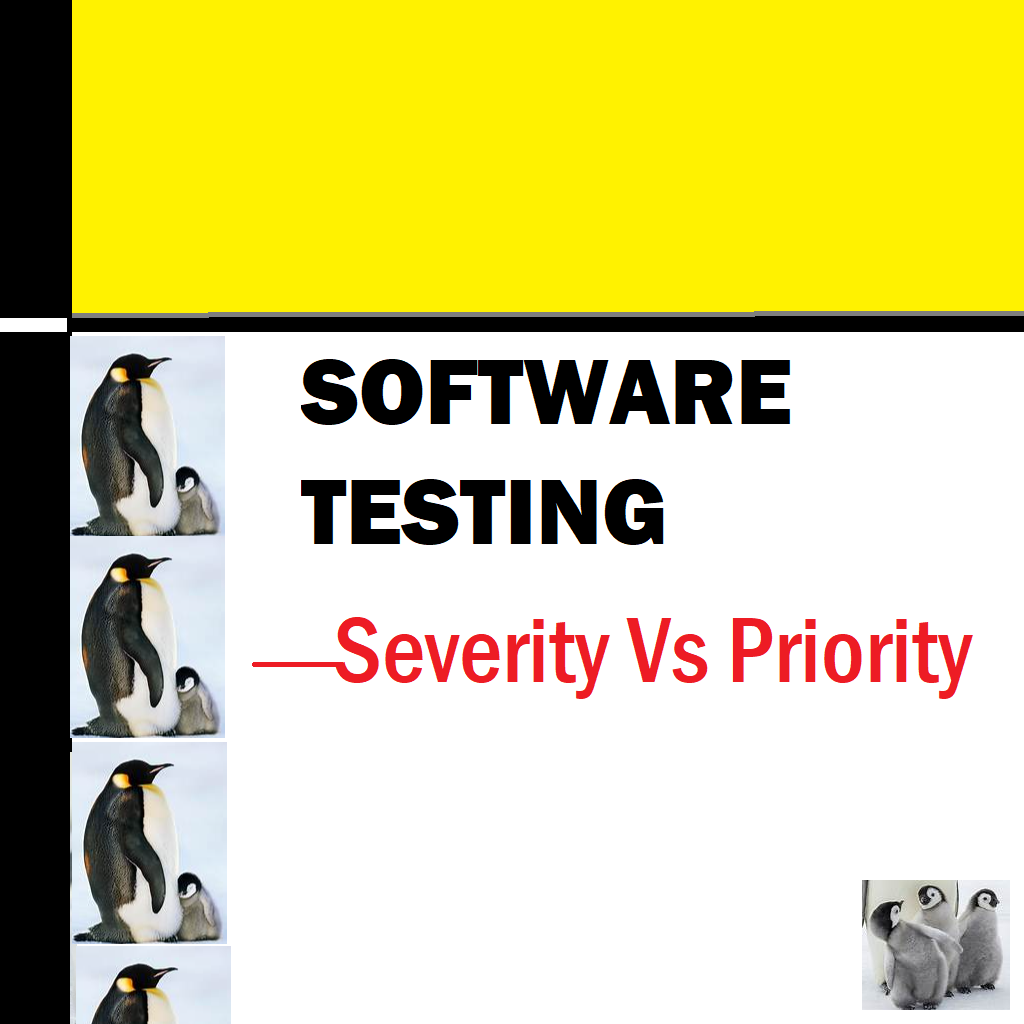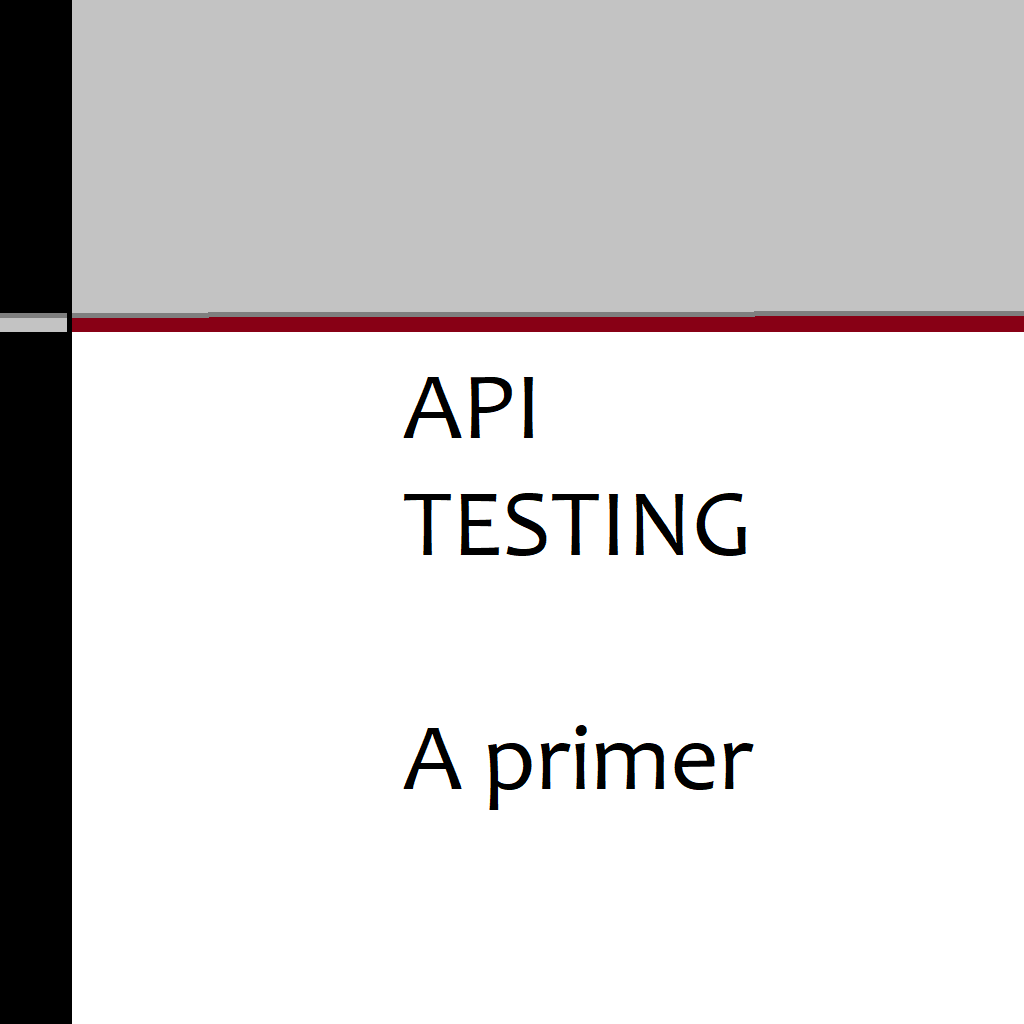Severity, in the context of software testing and quality assurance, refers to the extent of impact or seriousness of a defect, bug, or issue encountered in a software application. It assesses how severely the problem affects the functionality, performance, or usability of the system. Severity is typically categorized into different levels, such as critical, major, moderate, minor, and cosmetic, based on the magnitude of the impact.
By assigning severity levels to detected issues during testing, testers and stakeholders can prioritize the resolution of critical problems that could potentially lead to system failures, security breaches, or significant hindrance to the user experience. Understanding the severity of defects helps project teams to allocate resources effectively and address the most critical issues promptly, leading to the development of a more reliable and high-quality software product. Priority, in the context of software testing and quality assurance, refers to the relative importance or urgency of resolving a defect, bug, or issue encountered during the testing process. It assesses the impact of the problem on the overall project goals, user experience, or business objectives. Priority is typically categorized into different levels, such as high, medium, low, or deferred, indicating the order in which issues should be addressed and resolved.
Assigning priority levels to identified defects allows project teams to focus their efforts on addressing critical issues that have a significant impact on the software’s functionality or usability. High-priority issues require immediate attention to prevent potential risks, while lower-priority issues can be addressed in subsequent development cycles. By determining the priority of defects, software development teams can efficiently manage their resources and ensure that the most crucial problems are resolved in a timely manner, leading to a more efficient and effective testing process and the delivery of a high-quality software product.
Severity Vs Priority
In software testing, the terms “severity” and “priority” are essential concepts that play distinct roles in determining the significance of defects or issues encountered during the testing process. While they might sound similar, they serve different purposes and are crucial for effective bug management and decision-making in the software development lifecycle. Severity refers to the degree of impact that a defect or bug can have on the system’s functionality. It assesses the seriousness of the issue from a technical perspective, indicating how severely the defect affects the software’s performance or functionality. Severity levels are typically categorized as critical, major, moderate, minor, and cosmetic, with each level representing the extent of the problem’s impact on the system.
On the other hand, priority addresses the urgency of resolving a defect or bug. It assesses the importance of fixing a particular issue based on its impact on the business or end-users. The priority levels are generally categorized as high, medium, low, or deferred, with each level indicating how urgently the issue needs to be addressed.
It is important to understand that while severity and priority are related, they are not interchangeable. The severity of a defect defines its technical impact, while the priority determines the order in which the defects should be fixed. For instance, a minor cosmetic issue might have low severity (as it doesn’t significantly impact functionality) but could have high priority if it occurs in a critical part of the application and affects the user experience.
Assigning appropriate severity and priority levels to defects helps in efficiently managing the testing process. Critical defects with high severity and priority need immediate attention to prevent critical system failures, while less severe defects with lower priority can be addressed at a later stage.
In short, understanding the distinction between severity and priority is vital for effective bug management and timely software releases. Accurate classification of defects based on their severity and priority ensures that resources are allocated efficiently to address the most crucial issues first, leading to a more reliable and robust software product.
Differentiation
When deciding on the appropriate action or approach to take in a particular situation, several factors come into play to make an informed decision. Here are some key considerations to keep in mind:
- Context: Understand the context and the specific circumstances surrounding the situation. Different scenarios may call for different approaches, so it’s essential to evaluate the context before making a decision.
- Goals and Objectives: Consider the overall goals and objectives you want to achieve. Your chosen course of action should align with these objectives and contribute to their successful accomplishment.
- Resources: Assess the available resources, including time, budget, manpower, and tools. Make sure your decision is feasible and achievable within the constraints of the resources at hand.
- Impact: Evaluate the potential impact of each option on the project, stakeholders, users, or business. Choose the approach that minimizes negative consequences and maximizes positive outcomes.
- Risks: Identify and analyze the risks associated with each option. Opt for the solution that mitigates or minimizes potential risks while maximizing benefits.
- Expertise: Consider the expertise and skills of the team members involved. Utilize their strengths and knowledge to make the best decision.
- Stakeholder Input: Gather input from relevant stakeholders, including team members, clients, or end-users. Incorporating their perspectives can lead to more well-rounded and informed decisions.
- Previous Experience: Draw on past experiences and lessons learned from similar situations. This knowledge can guide you towards effective solutions.
- Flexibility: Be open to adapting your decision based on new information or changing circumstances. Sometimes, being flexible is crucial in achieving the desired outcomes.
- Ethical Considerations: Ensure that your decision aligns with ethical standards and values. Avoid actions that could compromise integrity or harm stakeholders.
By considering these factors, you can make more informed and appropriate decisions, tailored to the specific needs and challenges of each situation.
Tools to determine severity
When it comes to software testing and issue management, several tools and techniques can help determine the severity of defects or bugs encountered during the testing process. Here are some commonly used methods:
- Issue Tracking Systems: Many software development teams use issue tracking systems like Jira, Bugzilla, or GitHub Issues. These systems allow testers and developers to log defects and assign severity levels to them. The severity can range from critical to low, depending on the impact of the issue on the system.
- Test Management Tools: Test management tools like TestRail, Zephyr, or qTest often include features for tracking and managing defects. Testers can record issues and assign severity levels, enabling easy collaboration and communication among team members.
- Severity Matrices: Some teams use severity matrices, which are predefined tables or guidelines that help classify the severity of defects based on specific criteria. These matrices aid in maintaining consistency in assigning severity levels across the team.
- Risk Assessment: Severity can be determined through risk assessment techniques. By evaluating the potential risks associated with each defect, testers can assign a severity level that reflects the potential impact on the software’s functionality and users.
- User Feedback and Beta Testing: Collecting user feedback during beta testing or early releases can provide valuable insights into the severity of issues from the end-users’ perspective. This information helps prioritize defects based on their impact on user experience.
- Peer Review and Expert Judgment: In some cases, severity can be determined through peer reviews or expert judgment. Discussions among team members or subject matter experts can help reach a consensus on the severity levels of identified defects.
- Automated Testing Tools: Some automated testing tools can be configured to detect and categorize defects automatically. These tools may use predefined severity rules or patterns to assess the impact of defects on the application.
It is important to note that while these tools and techniques can assist in determining severity, human judgment and experience remain critical in the process. Testers and stakeholders must carefully analyze each defect’s impact on the software and make informed decisions about assigning severity levels to ensure a robust and high-quality final product.
Tools to determine priority
In software testing and issue management, several tools and methods can help determine the priority of defects or bugs discovered during the testing process. Here are some commonly used approaches:
- Business Impact Analysis: Prioritization can be based on a business impact analysis, where the impact of each defect on critical business processes, revenue, or customer satisfaction is evaluated. High-priority issues are those that significantly affect the business’s core functions or have a direct impact on revenue or customer experience.
- User Feedback and Beta Testing: Gathering user feedback during beta testing or from early adopters can provide valuable insights into the priority of issues from the end-users’ perspective. Issues affecting a large number of users or causing significant frustration are often given higher priority.
- Severity-Priority Matrix: A severity-priority matrix is a predefined table that correlates the severity and priority levels of defects. It provides a standardized guideline for determining the priority based on the severity. This matrix helps maintain consistency in assigning priority across the team.
- Time and Resource Constraints: Priority can also be influenced by time and resource constraints. High-priority issues are those that must be addressed immediately due to upcoming deadlines, release schedules, or resource limitations.
- Impact on Project Goals: Consideration of how each defect aligns with the project’s goals and objectives can influence its priority. Defects that hinder progress towards key milestones or project deliverables may receive higher priority.
- Customer and Stakeholder Needs: Input from customers, stakeholders, or product owners plays a vital role in setting priority. Their insights and requirements help determine which issues are critical for meeting customer needs and business objectives.
- Business Rules and SLAs: For some applications, specific business rules or service level agreements (SLAs) may dictate the priority of defects. Issues violating critical business rules or breaching SLAs often receive top priority.
- Risk Assessment: Prioritization can be based on risk assessment, where the potential risks associated with each defect are evaluated. Issues with high-risk implications might be given higher priority to prevent severe consequences.
- Impact on Other Areas: The priority of a defect can be influenced by its potential impact on other parts of the software or its integration with other systems. Issues that affect multiple areas may require immediate attention.
- Stakeholder Consensus: In some cases, reaching a consensus among stakeholders, including testers, developers, product owners, and business representatives, helps determine the priority of defects.
It is essential to use a combination of these tools and techniques, considering the unique characteristics of each project and the specific goals of the software development process. Prioritizing defects effectively ensures that critical issues are addressed promptly, leading to a more efficient and successful testing and development cycle.





